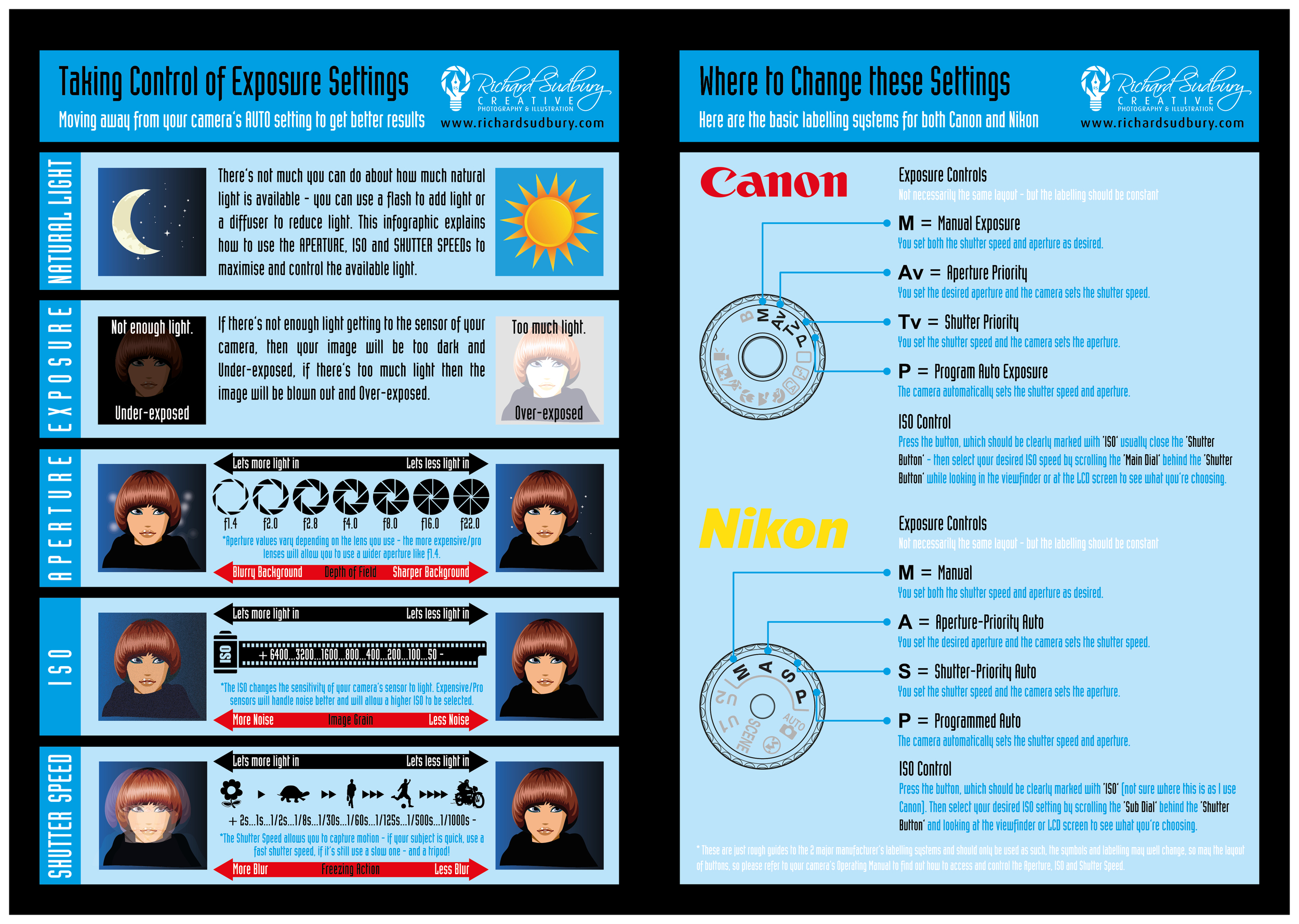What Every Professional Photographer Must Know About Illumination
What Every Professional Photographer Must Know About Illumination
Blog Article
Created By- https://writeablog.net/aide726ernie/unlock-the-keys-to-finding-the-best-cam-for-your-demands-but-which-kind-will
As a digital photographer, you recognize that lighting can make or damage your pictures. Comprehending the subtleties of both natural and fabricated light is essential for catching the mood and clearness you go for in your job. Whether you're chasing the ideal golden hour radiance or fine-tuning your fabricated configurations, understanding these aspects can elevate your photography considerably. Yet there are common challenges that lots of forget, and recognizing them can change your technique to every shoot. Allow's discover what you might be missing and just how it can impact your results.
Comprehending Natural Light
Recognizing natural light is crucial for any kind of professional photographer seeking to improve their job. It's the foundation of wonderful digital photography, affecting state of mind, tone, and clearness. When you fire outdoors, pay attention to the moment of day. The golden hour-- quickly after dawn and prior to sunset-- provides soft, cozy light that can transform ordinary scenes right into stunning photos.
Do not undervalue the power of cloudy days. Cloud cover diffuses sunlight, developing a soft, even light that's perfect for portraits and macro digital photography. https://zenwriting.net/cristi637loan/necessary-digital-photography-equipment-what-you-truly-need-to-get-started 'll find shades appear this kind of lighting without severe darkness.
Positioning matters, also. Always consider your subject's orientation to the source of light. If the sunlight's behind your topic, you may end up with a silhouette, which can be dramatic however mightn't be what you want. Conversely, straight sunlight can develop unflattering darkness.
Trying out angles; in some cases, transforming your point of view can yield outstanding results. Usage all-natural reflectors, like water or sand, to jump light onto your topic, including dimension.
Learning Artificial Light
Understanding man-made light is crucial for digital photographers that want to take their skills to the next degree. Whether you're making use of speedlights, workshop strobes, or continual lights, understanding just how to control these sources can considerably improve your images.
Begin by acquainting yourself with the essentials of light quality, instructions, and shade temperature level. Trying out different modifiers like softboxes, umbrellas, or grids to regulate the soft qualities or cruelty of the light.
You'll find that soft light often creates flattering outcomes, while harsher light can include drama and depth. Don't avoid shadows; they can boost the three-dimensionality of your topics.
Pay very close attention to the positioning of your lights. A light located as well near your subject can produce uncomplimentary results, while as well far can lead to an absence of detail. Utilize a light meter or your cam's histogram to ensure you're subjecting correctly.
Lastly, keep in mind that synthetic light can be blended with ambient light for imaginative impacts. Balancing these resources could take practice, but once you master it, your digital photography will truly beam.
Strategies for Different Scenarios
When you step into various shooting situations, adjusting your lighting strategies is vital for capturing the best images. For outside pictures, make use of the gold hour-- morning or late afternoon light-- to soften shadows and improve complexion.
If it's a harsh lunchtime sun, take into consideration utilizing a reflector to bounce light back onto your subject or seek shaded locations for a more also exposure.
In low-light scenarios, like indoor events, boost your ISO and make use of a large aperture to allow in more light. A tripod can help get rid of electronic camera shake, permitting longer exposures without blurring.
If you're shooting at night, trying out off-camera flash to produce dynamic illumination and deepness in your images.
For item digital photography, use diffused lights to stay clear of extreme reflections. Softboxes or light tents can assist achieve this result.
When photographing landscapes, take into consideration the instructions of light and time of day, as it can dramatically transform the mood of your shot.
Always be https://blogfreely.net/cleo0faustino/photographers-often-neglect-crucial-fundamentals-that-can-prevent-their to change your setups and positioning based on the scenario, as flexibility is vital to mastering illumination in photography.
Final thought
Finally, grasping illumination is crucial to elevating your photography abilities. Welcome https://www.adorama.com/alc/0008169/article/BUYING-GUIDE-Tripods-for-Photographers throughout gold hour, and don't shy away from experimenting with artificial light strategies. By adapting your strategy to various circumstances, you'll capture stunning images that resonate with feeling and clearness. Remember, the ideal illumination can transform an average shot into something phenomenal, so maintain exercising and improving your understanding of both natural and fabricated light. Delighted shooting!
